Stand-Up India Scheme Explained: Eligibility, Benefits & Application Process
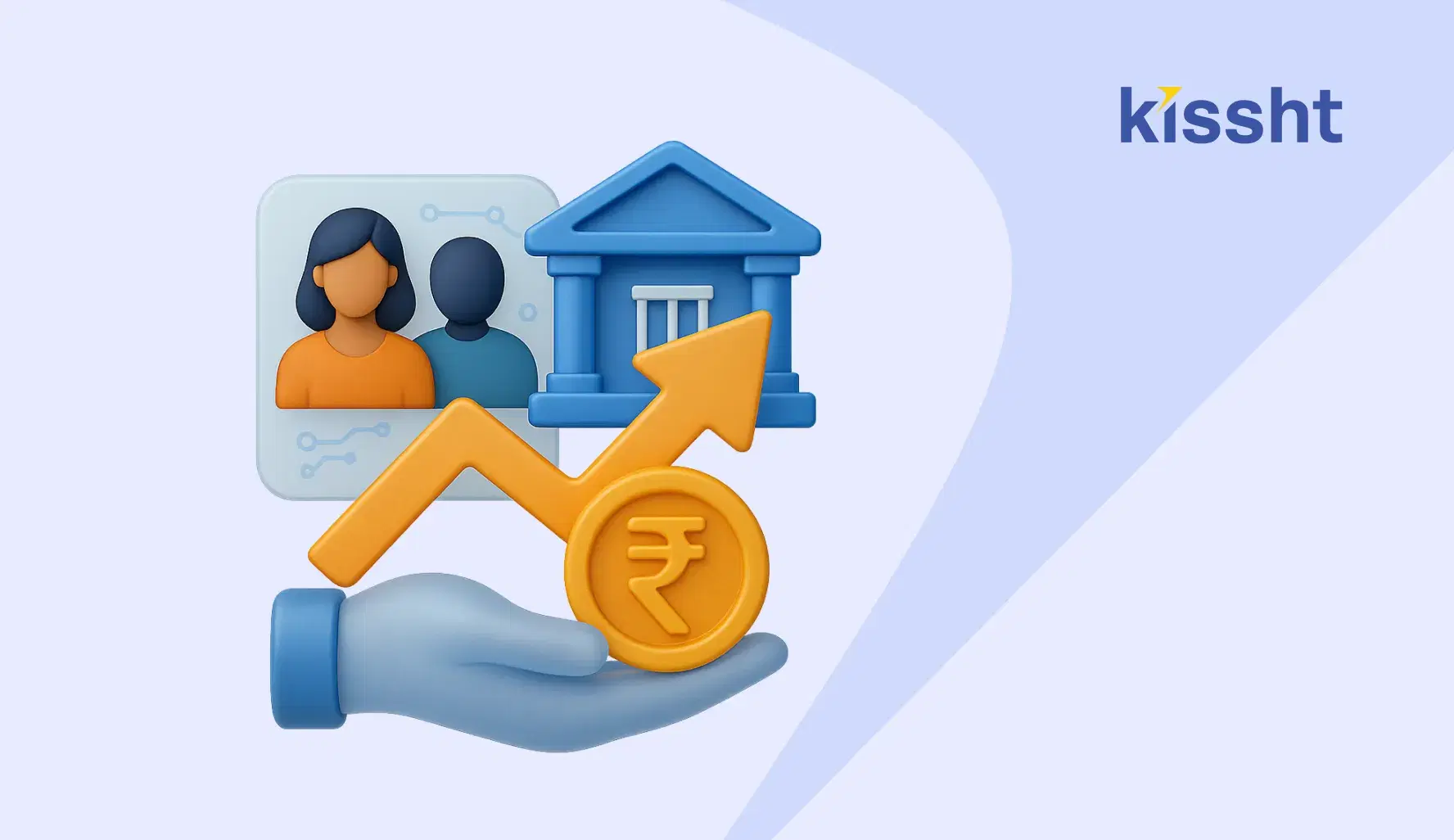
Access to credit is one of the biggest hurdles for first-generation entrepreneurs in India. While many government programs exist to bridge this gap, the Stand-Up India Scheme has emerged as a focused initiative to promote inclusivity by supporting women entrepreneurs as well as individuals belonging to the Scheduled Castes and Scheduled Tribes in starting their own ventures.
Alongside government-backed schemes, digital financial tools like an instant loan app,instant business loan services, and calculators such as the business loan EMI calculator also play an important role in ensuring that entrepreneurs make well-informed financial choices.
This article takes a closer look at the Stand-Up India Scheme, its eligibility, benefits, application process, supporting details, and other options such as private financing.
What is the Stand-Up India Scheme?
Introduced by the Indian government, the Stand-Up India Scheme aims to provide bank loans between the amount of ₹10 lakh and ₹1 crore to at least one woman borrower and one borrower from Scheduled Castes or Scheduled Tribes in every bank branch. The purpose is to promote entrepreneurship among underrepresented groups by enabling them to establish greenfield enterprises.
The Stand-Up India scheme launch date was 5 April 2016, and since then, the scheme has empowered thousands of individuals to set up ventures across manufacturing, trading, and service sectors.
Objectives of the Scheme
The Stand-Up India scheme is designed to:
-
Encourage entrepreneurship among women and SC/ST communities.
-
Facilitate financial inclusion by providing affordable credit access.
-
Support job creation at local levels.
-
Promote small-scale businesses and first-generation entrepreneurs.
Eligibility
Understanding the Stand-Up India scheme eligibility is crucial before applying.
| Requirements | Details |
|---|---|
| Applicant Type | SC/ST borrower or woman entrepreneur |
| Nature of Business | Greenfield project in manufacturing, trading, or service sector |
| Loan Amount | Between ₹10 lakh and ₹1 crore |
| Age Limit | 18 years and above |
| Shareholding | In case of a non-individual enterprise, at least 51% of shareholding must be held by SC/ST or women entrepreneurs |
If someone does not fully meet the eligibility, alternative options like exploring loans through the best loan provider or evaluating financing through an instant loan app can also be considered.
Loan Details under Stand-Up India
-
Loan Type: Composite loan covering both term loan and working capital.
-
Margin Money: 10 percent of project cost, which can be supplemented through government schemes.
-
Repayment Tenure: Up to 7 years, including a moratorium period of 18 months.
-
Security: Collateral may be required, along with guarantee from the CGFSI (Credit Guarantee Fund Scheme for Stand-Up India Loans).
Benefits of the Stand-Up India Scheme
-
Promotes inclusivity by supporting SC/ST and women entrepreneurs.
-
Provides a structured repayment period, helping borrowers manage funds better.
-
Access to working capital, which ensures smooth running of businesses.
-
Availability of handholding support such as training and guidance.
For comparison, aspiring entrepreneurs often use a business loan EMI calculator to understand repayment obligations for both government-backed schemes and private financing options. This ensures clarity on monthly commitments.
Documents Required for Stand-Up India Loan
Applicants need to furnish specific paperwork while submitting the Stand-Up India application form.
-
Identity proof (Aadhar card, PAN card, voter ID, or passport)
-
Address proof (utility bills, rental agreement, ration card)
-
Caste certificate (if applicable)
-
Business plan or project report
-
Bank statements for the last six months
-
Proof of business premises (if available)
Keeping these documents required for Stand-Up India loan ready ensures faster processing.
How to Apply for Stand-Up India Loan
Applying for the scheme is straightforward if approached step by step.
-
Visit the official Stand-Up India portal.
-
Select the option for Stand-Up India loan.
-
Fill in the Stand-Up India application form with personal, business, and financial details.
-
Upload the necessary documents in the prescribed format.
-
Submit the application for verification.
-
Once approved, the funds are deposited to the borrower’s account.
Stand-Up India Scheme Subsidy and Support
While the scheme itself does not provide direct subsidies, borrowers may benefit from support programs designed to reduce their financial burden. For instance:
-
Margin money assistance from government programs.
-
Training and guidance for preparing business plans.
-
Credit guarantee coverage under CGFSI.
This makes the Stand-Up India scheme subsidy aspect beneficial for those with limited resources.
Stand-Up India Scheme vs. Instant Business Loan
To help readers understand how this scheme compares with digital lending solutions, here’s a quick table:
| Feature | Stand-Up India Scheme | Instant Business Loan via App |
|---|---|---|
| Loan Amount | ₹10 lakh – ₹1 crore | Varies (usually up to ₹50 lakh) |
| Processing Time | Few weeks (due to verifications) | Same-day or within 48 hours |
| Eligibility | SC/ST or women entrepreneurs | Open to all eligible business owners |
| Collateral | Often required | Sometimes unsecured |
| Support Services | Training and guidance available | Limited to financial services only |
Role of Private Loan Providers
Apart from government schemes, entrepreneurs also consider financing through the best loan provider in the market. Lenders like Kissht, for instance, extend quick digital loans, offering flexibility for working capital needs.
Closing Thoughts
The Stand-Up India Scheme is a crucial step towards financial empowerment of underrepresented groups. With clear Stand-Up India scheme details, defined eligibility, and supportive structures, it creates opportunities for sustainable entrepreneurship. Borrowers should carefully compare this with private financing options by checking business loan interest rate variations and repayment obligations through tools like the business loan EMI calculator. Whether through government-backed programs or digital lending from the best loan provider, the ultimate goal is to ensure that every aspiring entrepreneur has the resources to build and grow.
FAQs
1. What is the Stand-Up India Scheme?
It is a government initiative to provide loans between the amount of ₹10 lakh and ₹1 crore to SC/ST and women entrepreneurs to establish greenfield enterprises.
2. Who can apply for the Stand-Up India loan?
SC/ST individuals and women entrepreneurs above 18 years of age who plan to set up a new business can apply.
3. What documents are required for a Stand-Up India loan?
Identity proof, address proof, caste certificate (if applicable), project report, and bank statements are essential documents.
4. Does the scheme provide subsidies?
While there is no direct subsidy, support such as credit guarantee and margin money assistance is available.

Instant Loans at Your Fingertips
Personal Loan
Fast, hassle-free loan for your personal needs.

Business Loan
Fuel your business growth with quick approvals.

Loan Against Property
Unlock your property’s value with ease.

Credit Pulse
Boost your credit score with smart insights.

Track your credit score
Simply enter your mobile number to get a quick overview of your credit score.
Check Now
Related articles

Nov 28, 2025
10 Common Online Fraud Tricks Used to Steal Your Hard-Earned Money

Nov 24, 2025
Best Home Renovation Ideas for Small Houses in India

Nov 19, 2025
Best Places to Visit in India in December with Family

Nov 14, 2025
Pradhan Mantri Awas Yojana Gramin List
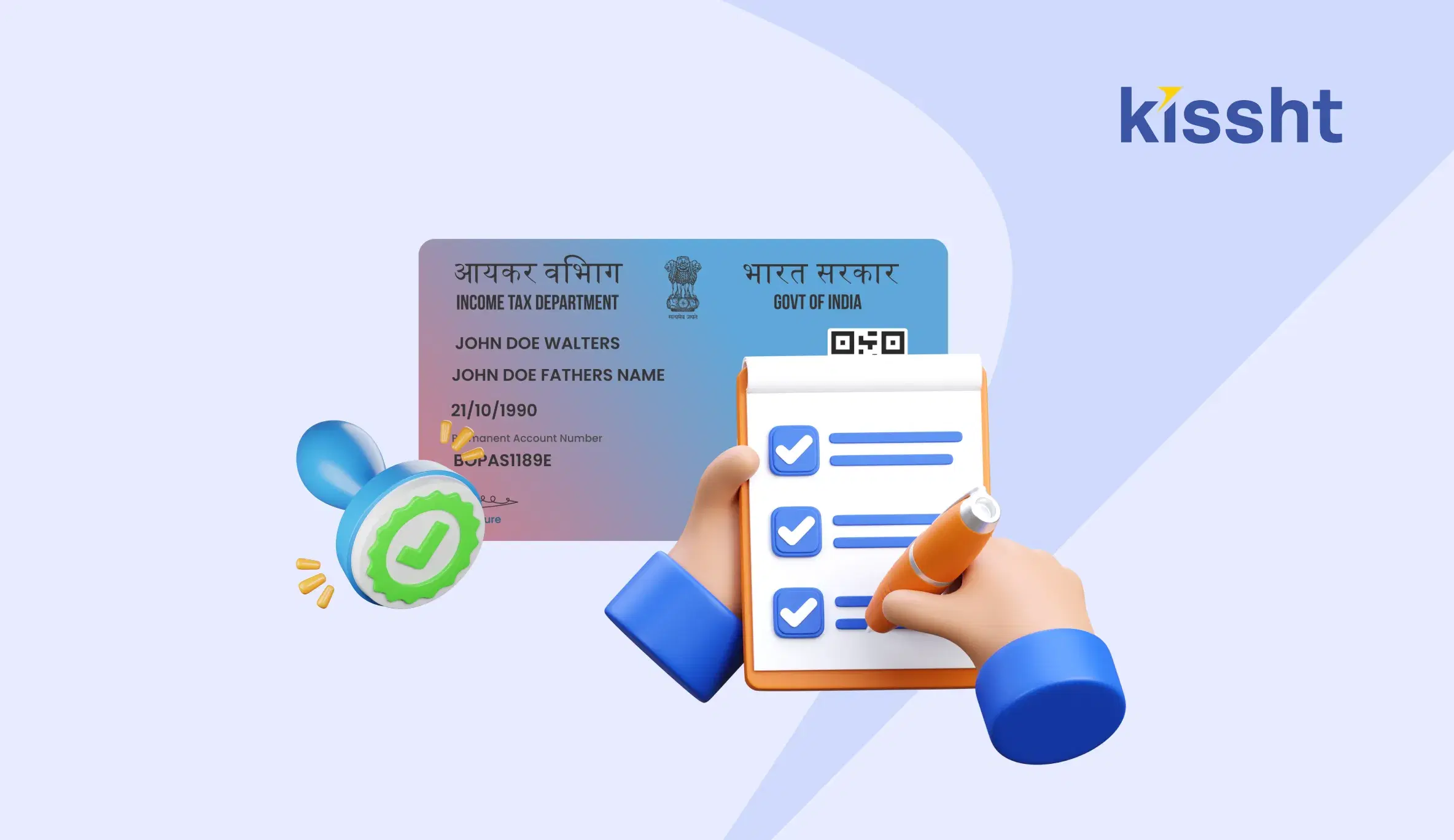
Nov14, 2025
What are the Documents Required to Apply for a PAN Card
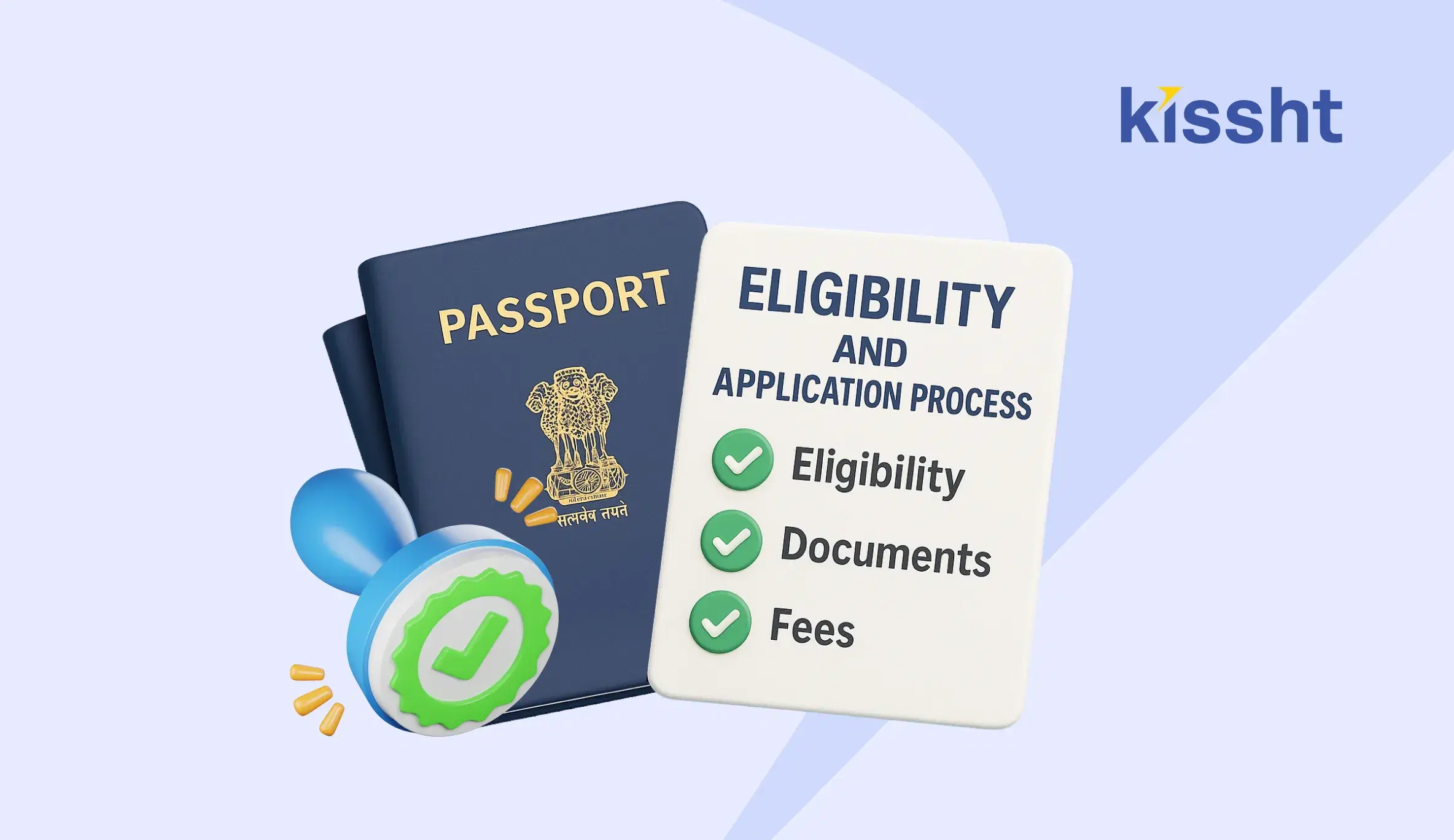
Nov 14, 2025
Types of Passports in India – Eligibility and Application Process

Nov 14, 2025
How to Link Aadhaar with Bank Account - Online and Offline Process
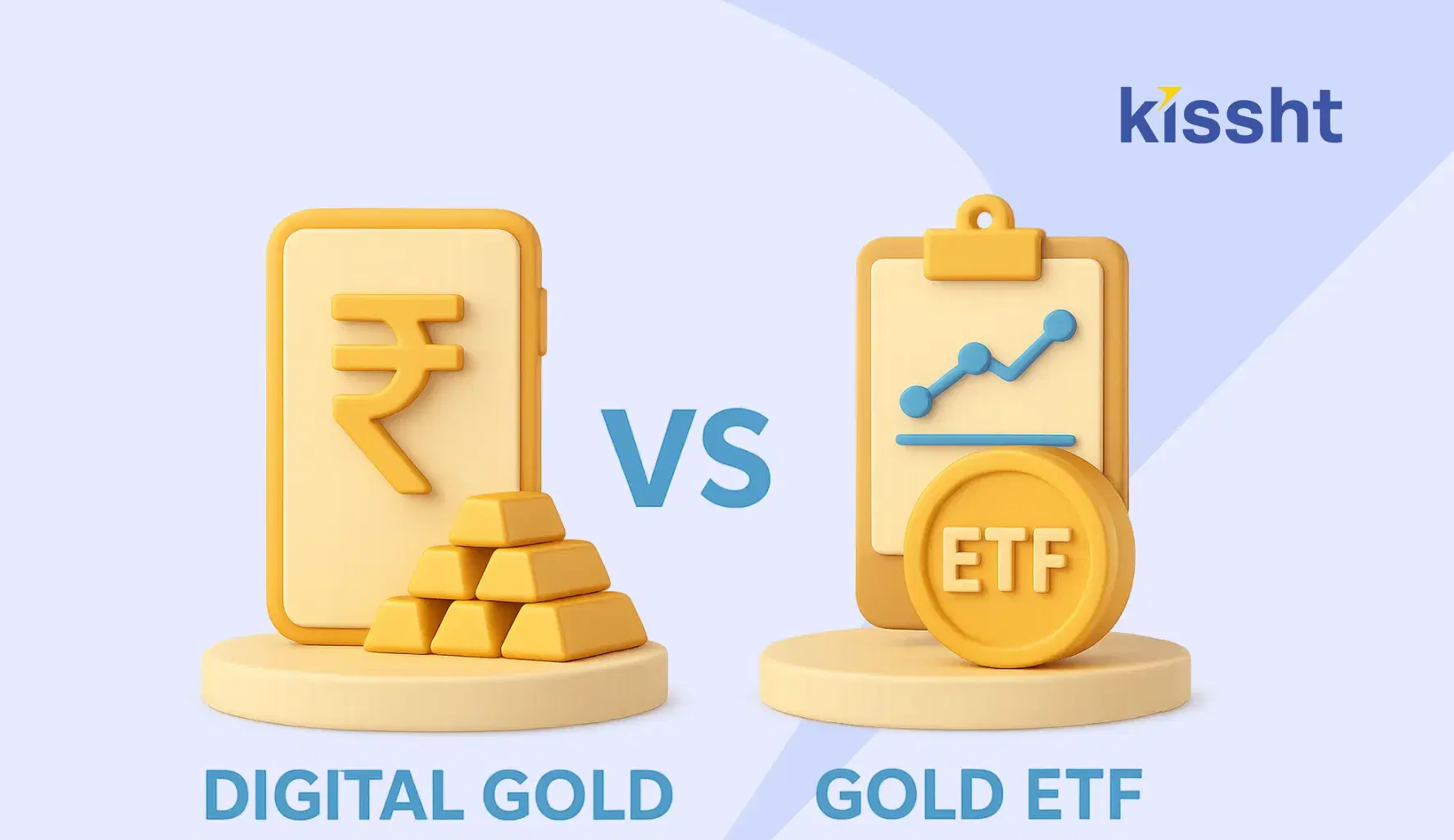
Oct 28, 2025
Digital Gold vs Gold ETF: Key Differences and Which is Better for You
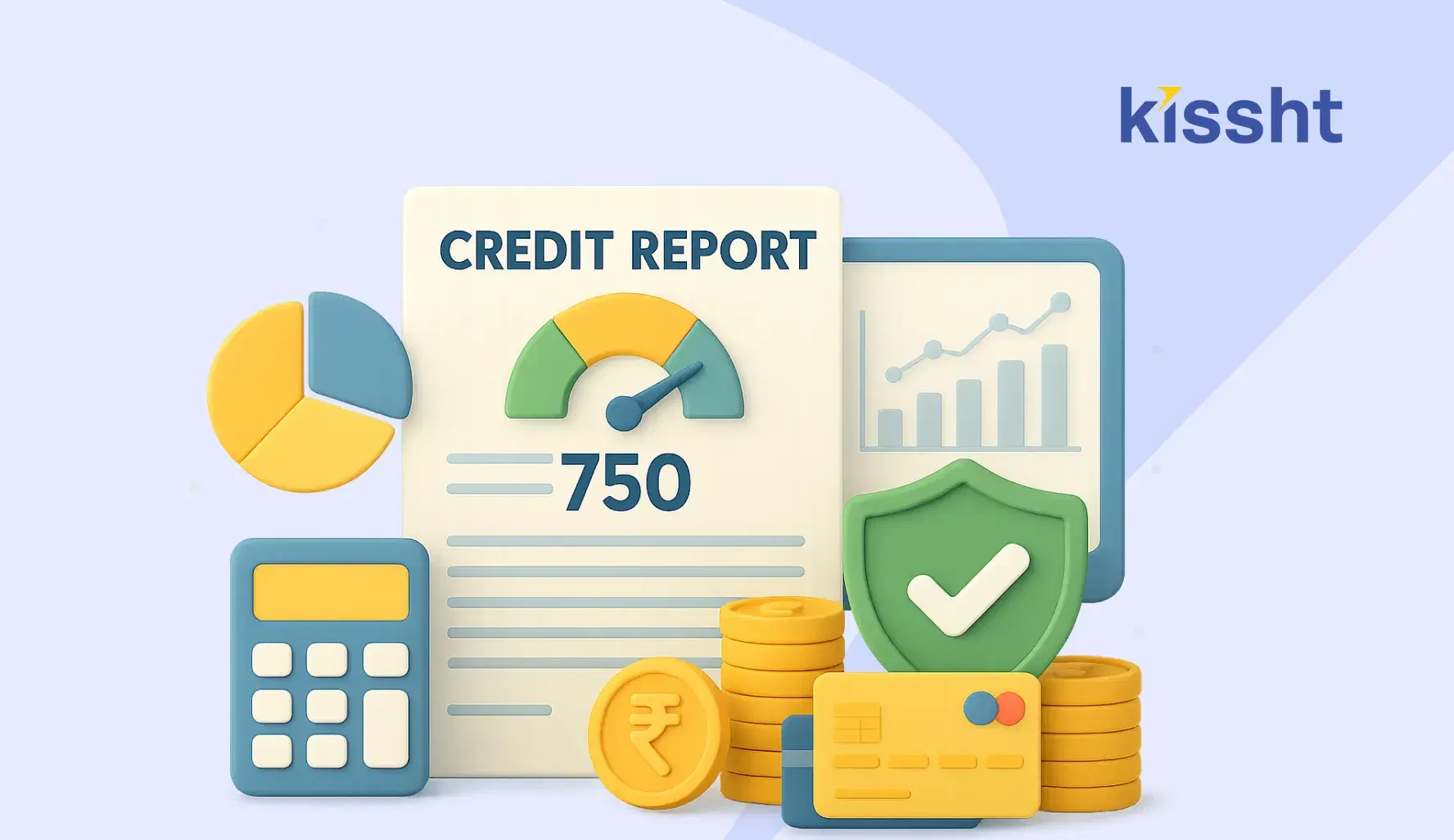
Oct 30, 2025
List of Credit Bureaus in India
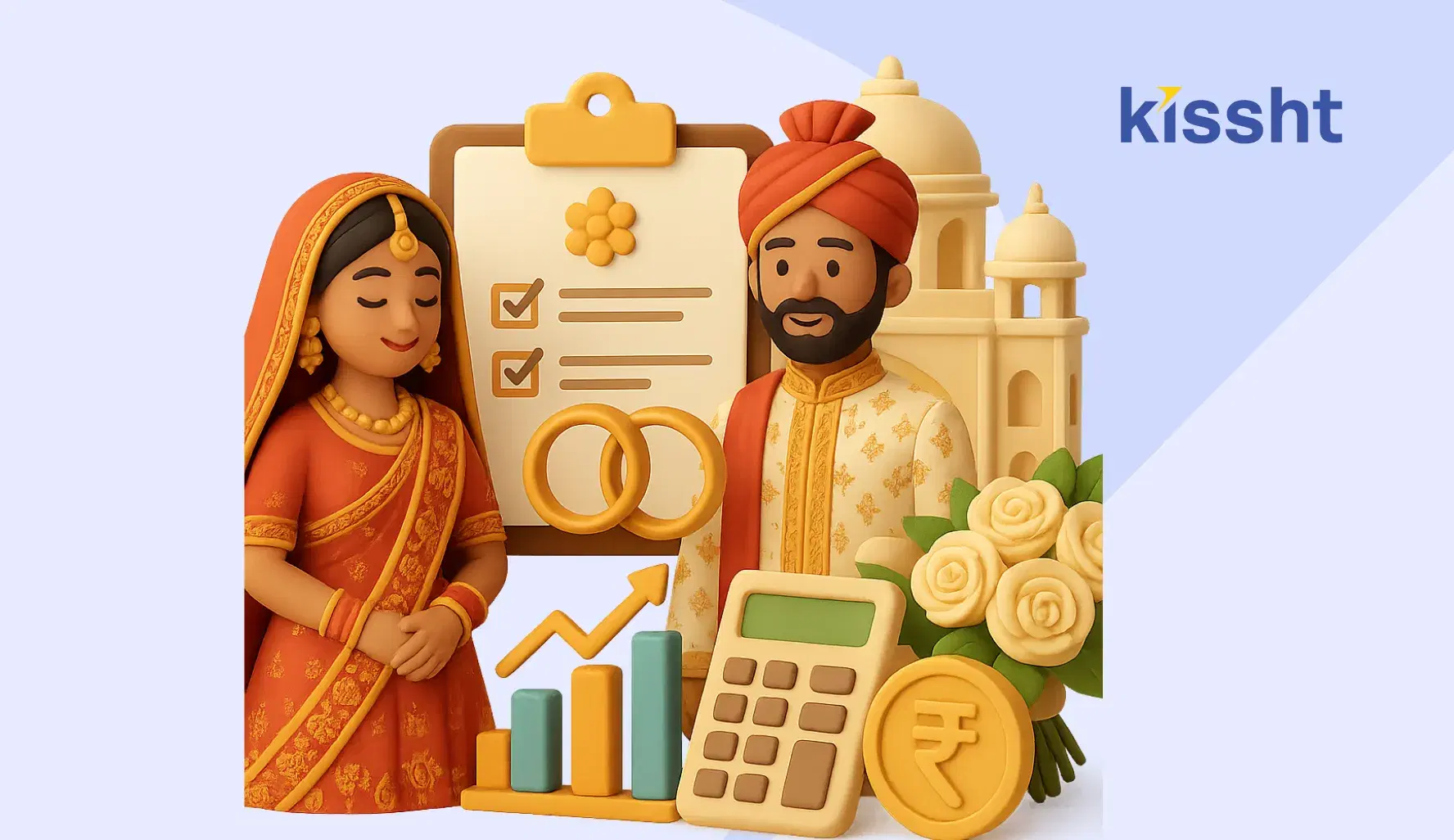
Oct 30, 2025
How to Choose the Best Wedding Planner for Your Budget

Oct 28, 2025
Best Places to Visit in December in India

Oct 20, 2025
